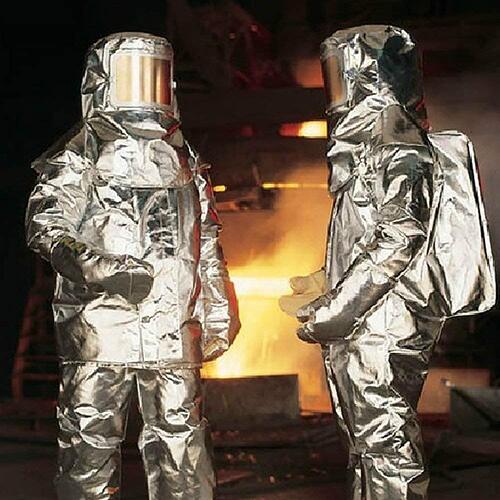I’ll start by saying this is meant as a friendly debate… just to stir the pot without hopefully anyone being offended. All thoughts are welcomed whether you’re an expert in the field or not; I’m absolutely NOT an expert and therefore apologize for ignorance in advance.
As I read various forums about audiophile networking, there are all these posters who are IT professionals claiming it is impossible to have such sonic impacts unless there are significant signal dropouts, etc. I find it rather unsettling that folks are biased by their careers – 95%+ of all the “IT folks” (large umbrella term for so many different roles/jobs/industries) that I know are experts in their specific application but almost all of them either use commercially-available components/software or contract out or build custom software or systems. I don’t know any IT professionals who actually has done R&D on or performed quantitative chip-level design on his/her own switch, networking circuit boards or transponders/receivers, or cable. And even then, it’s only on software systems or specific to their application, and not on an actual streaming audio.
My opinion on the above is that the IT professional’s career, while probably highly successful in their field, is not directly related to audio streaming, but yet they are assuming it’s directly translatable. That’s no different than if an Airbus/Boeing product manager for 30 years claims expertise on a NASA/ESA Mars lander without actual direct experience. I get it that folks can have opinions and best-guesses. But to claim expertise and ground-truth is a different matter.
Looking forward to your thoughts.
/flame suit on/
